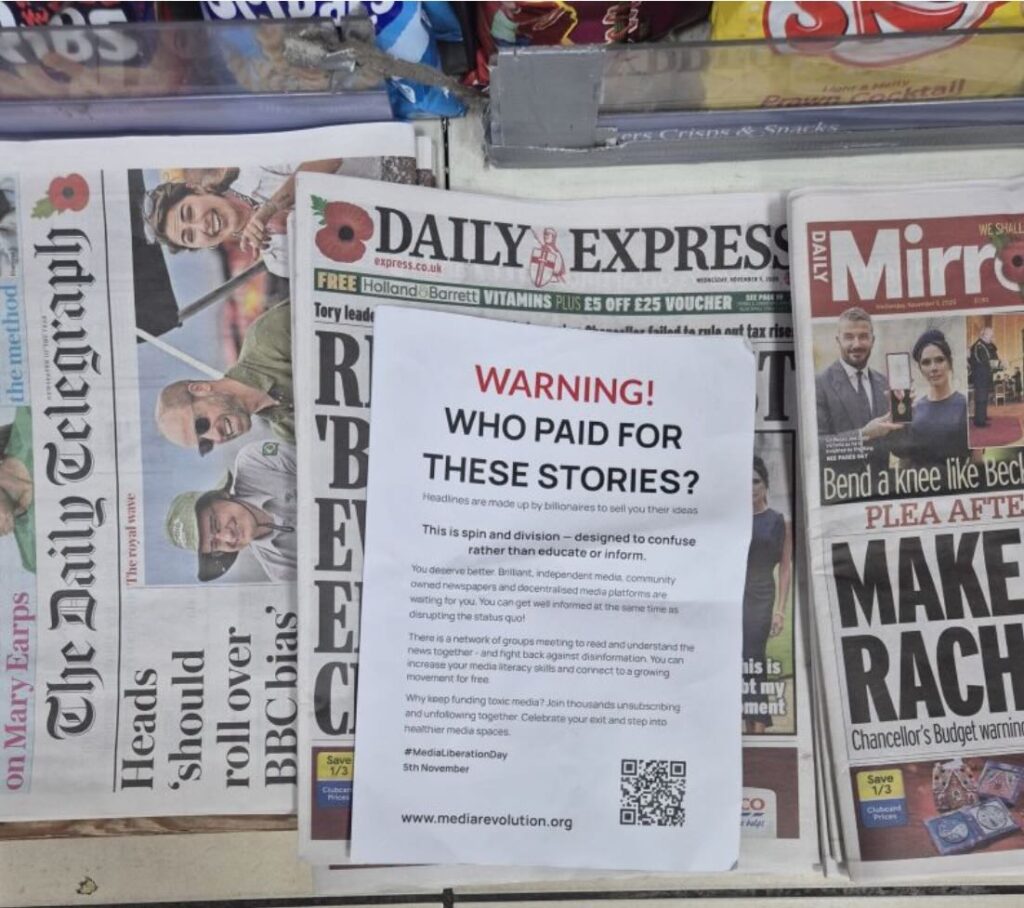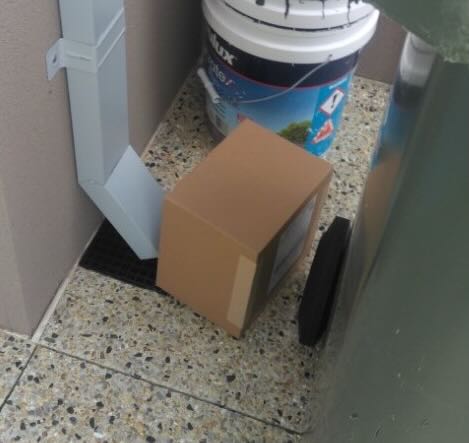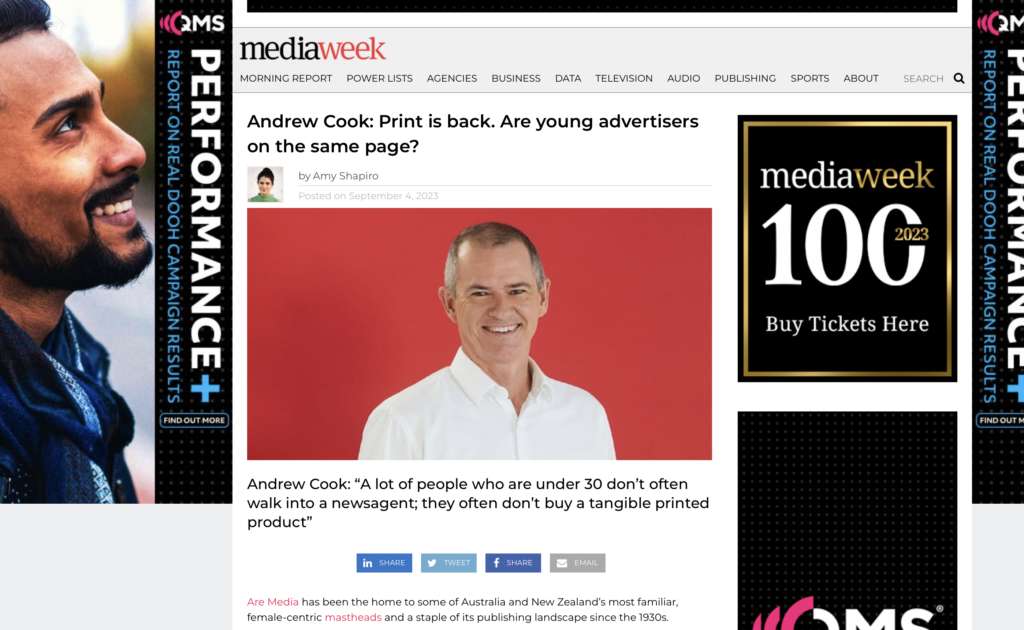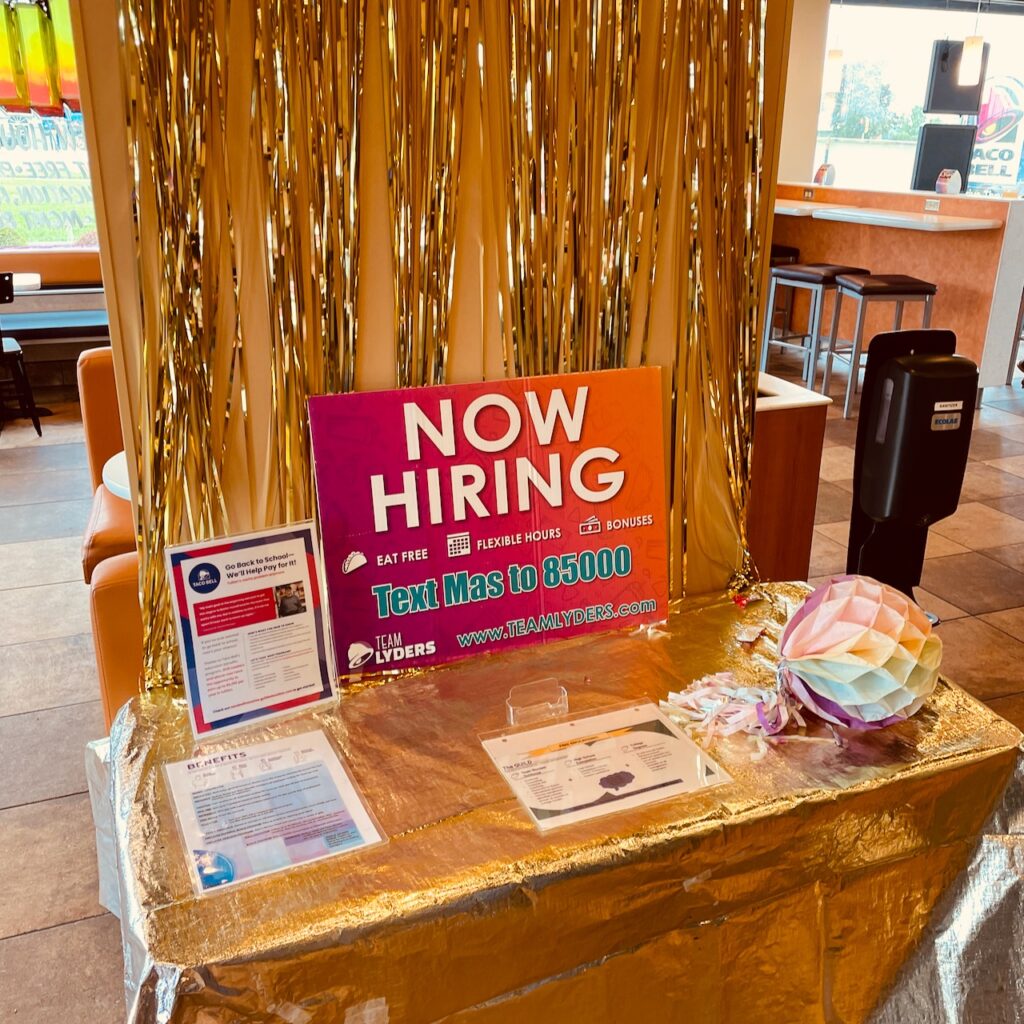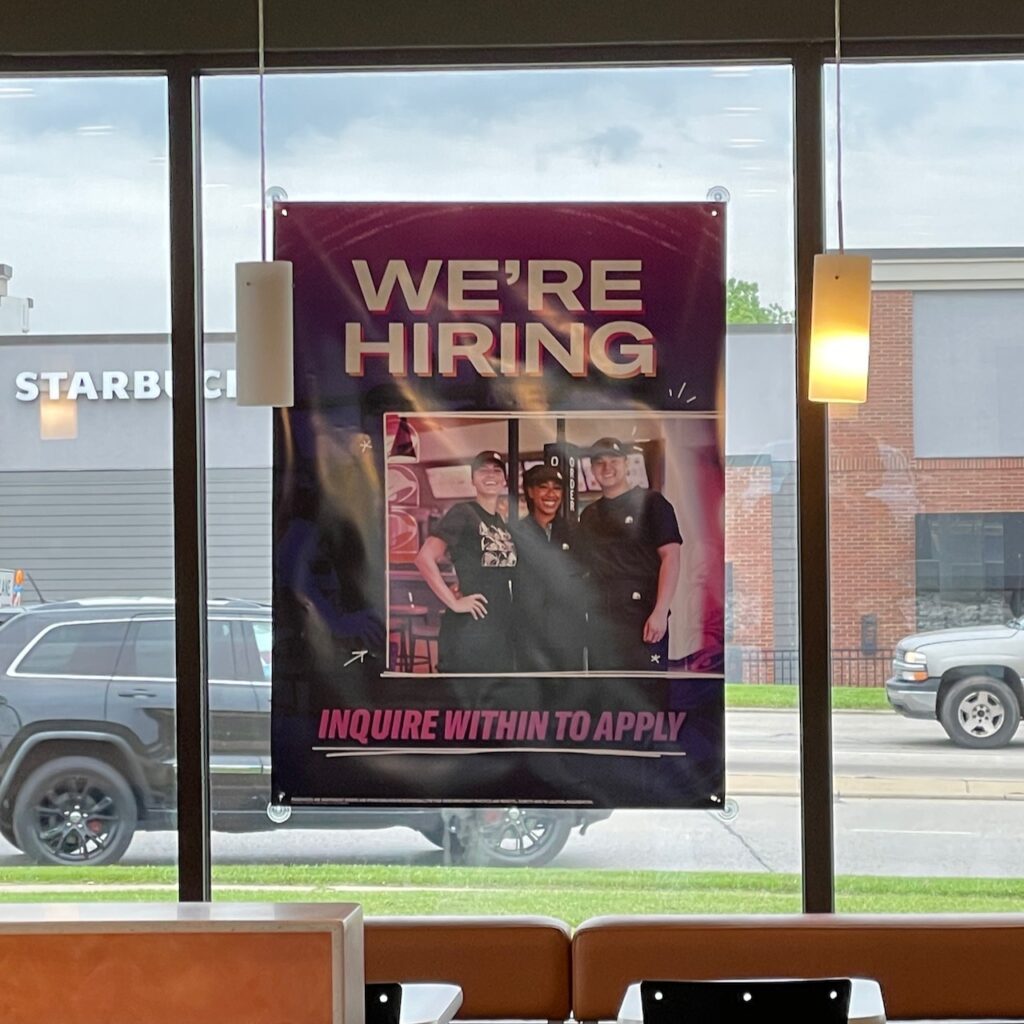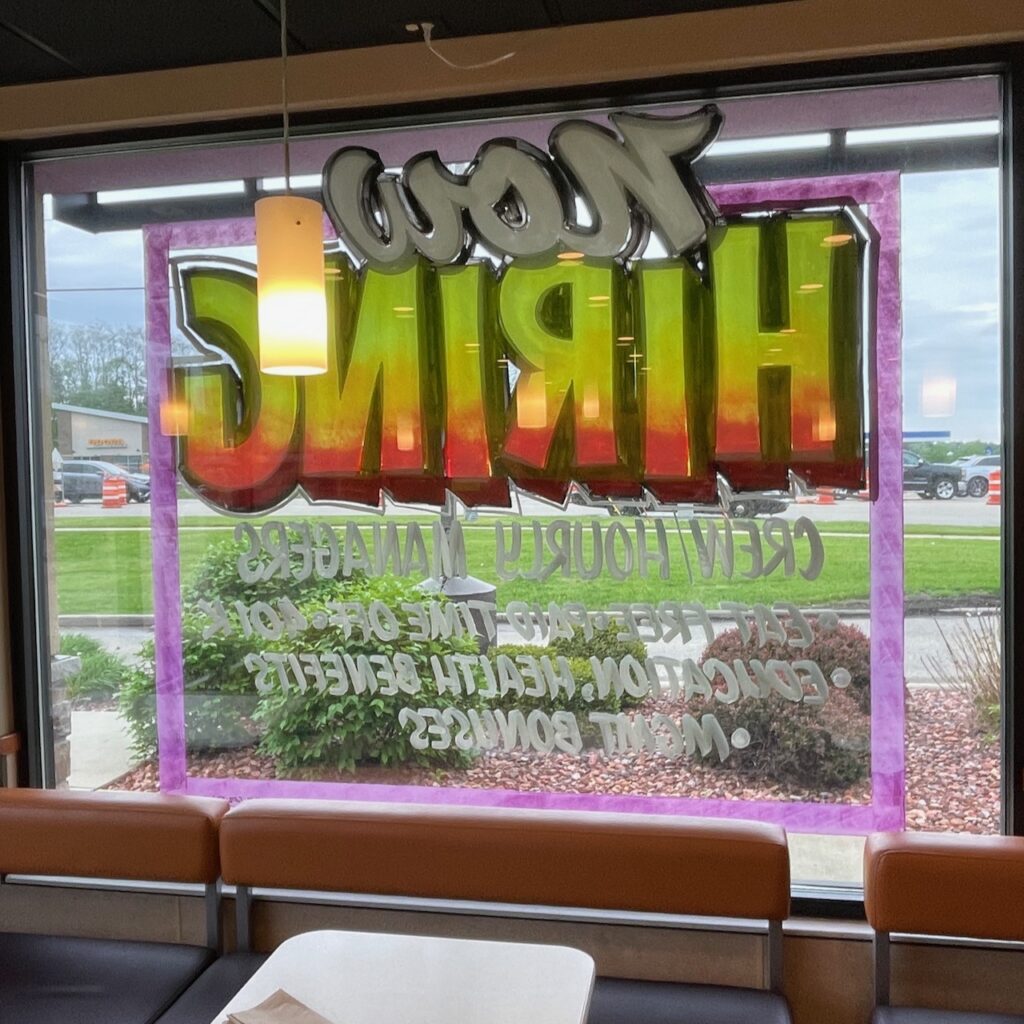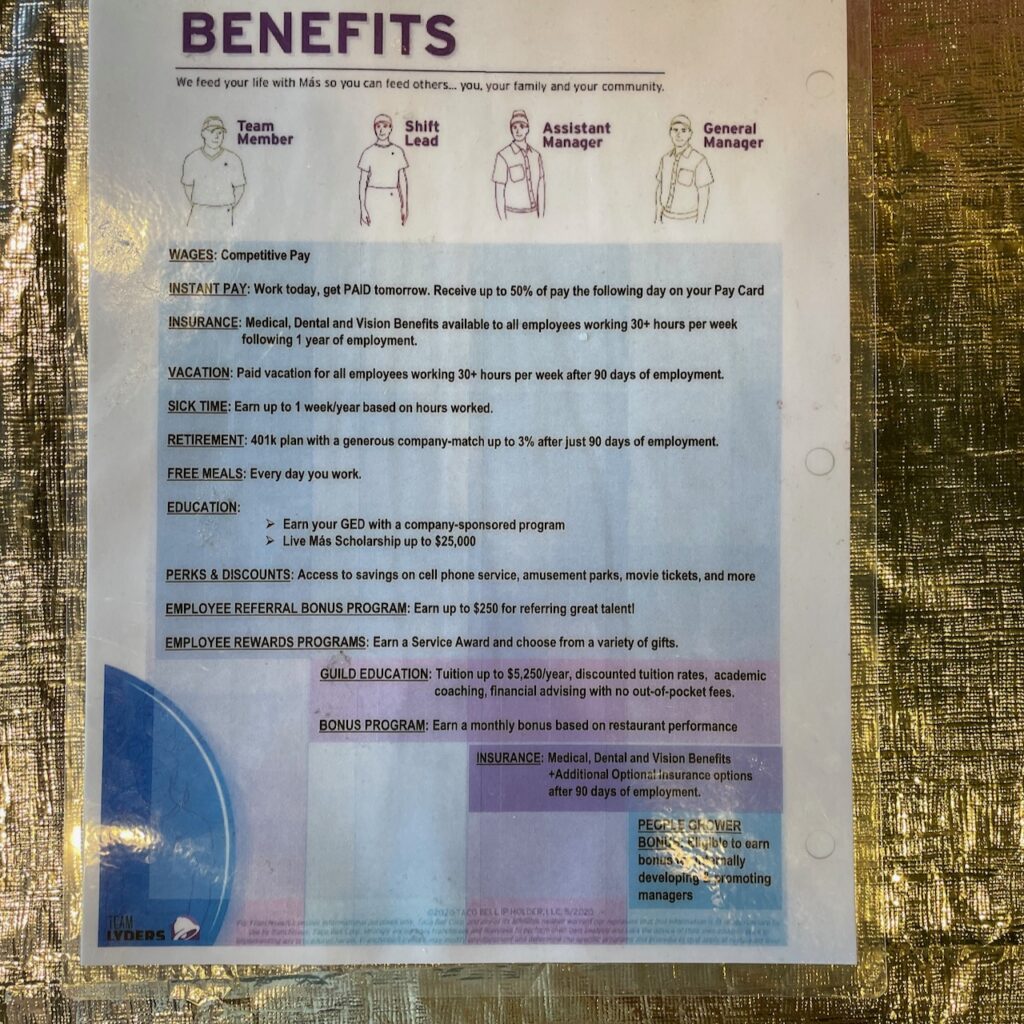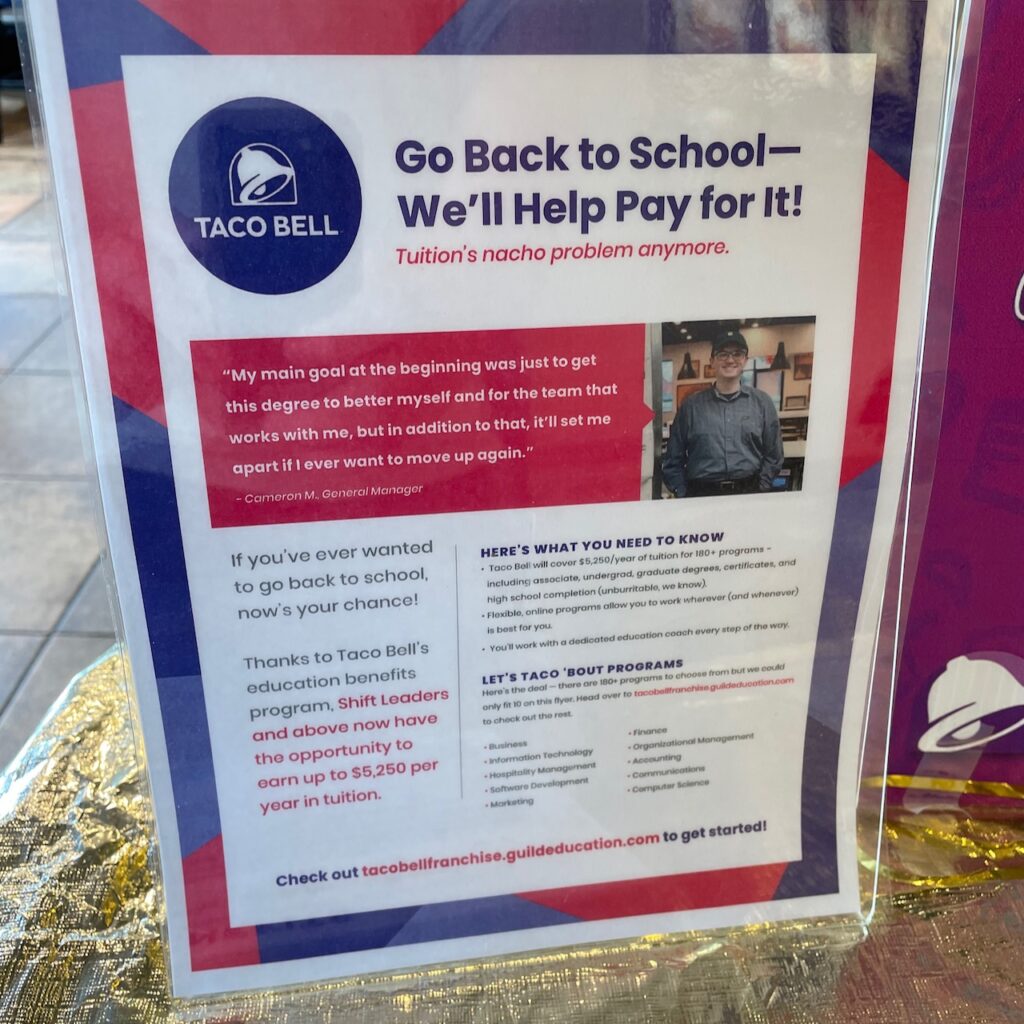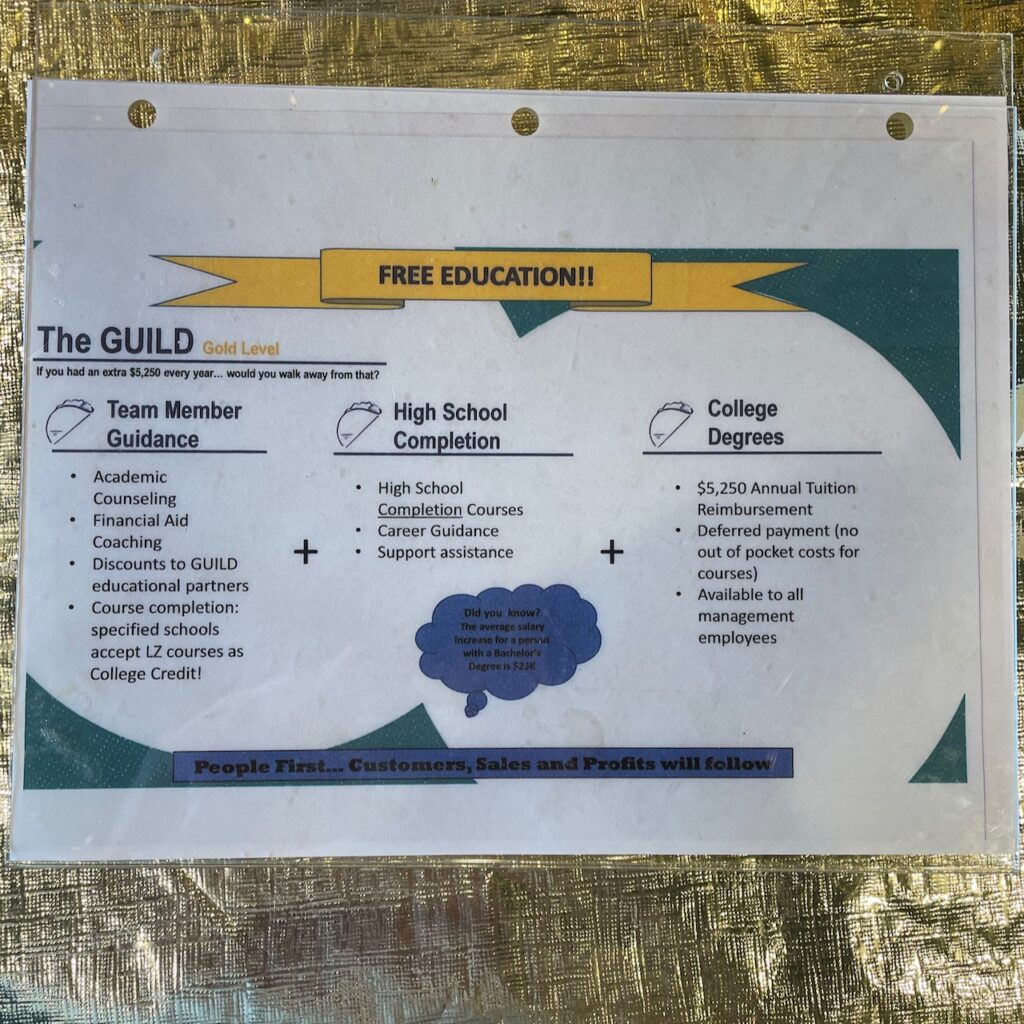You’d struggle to find print newspapers and magazines in airport lounges in the US now.
At LaGuardia (New York) airport yesterday, in the American Airlines lounge, I spotted this sign.
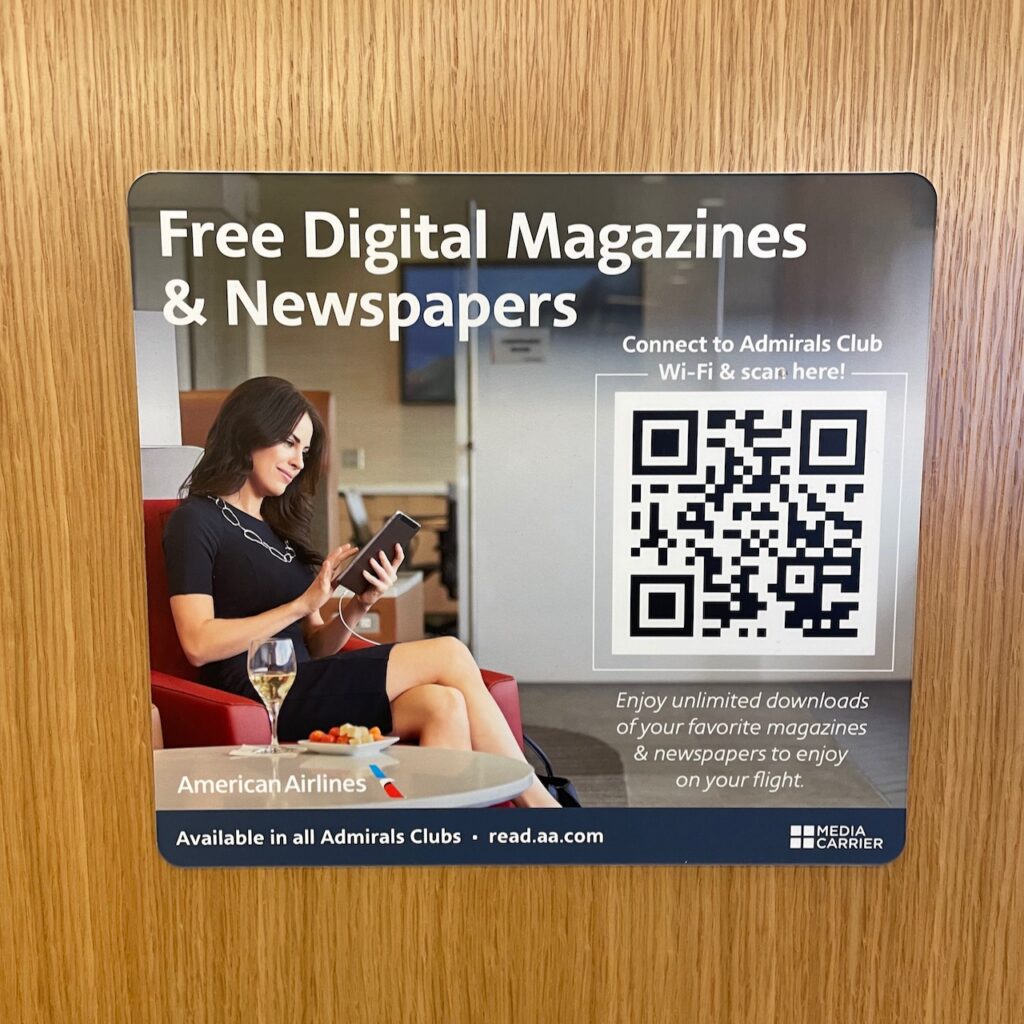
Clicking on the QR code takes me to an awesome website offering current newspapers and magazines. The range is extensive.
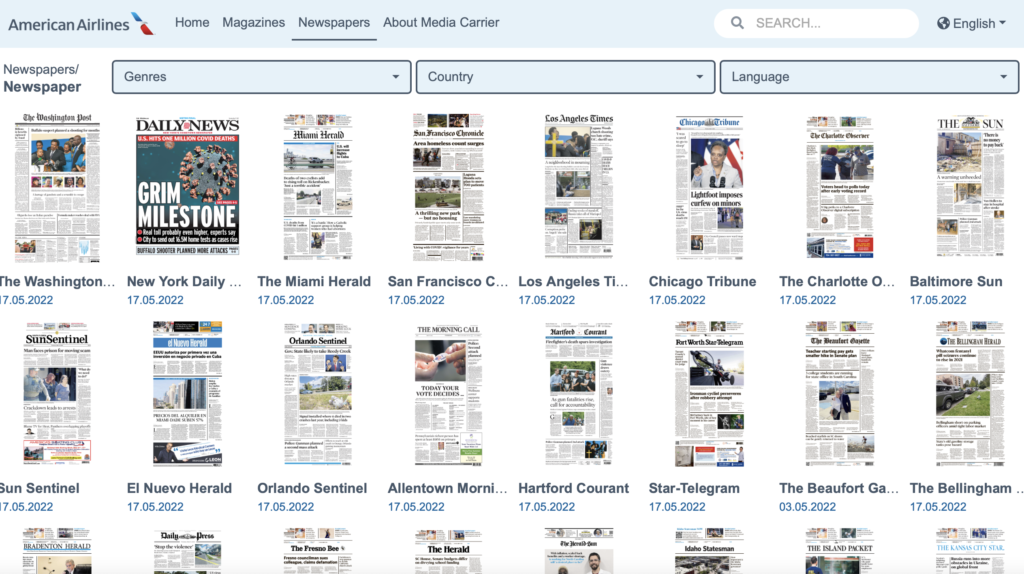
Once you select the title you want, access is immediate – all without needing to register, login or pay anything.
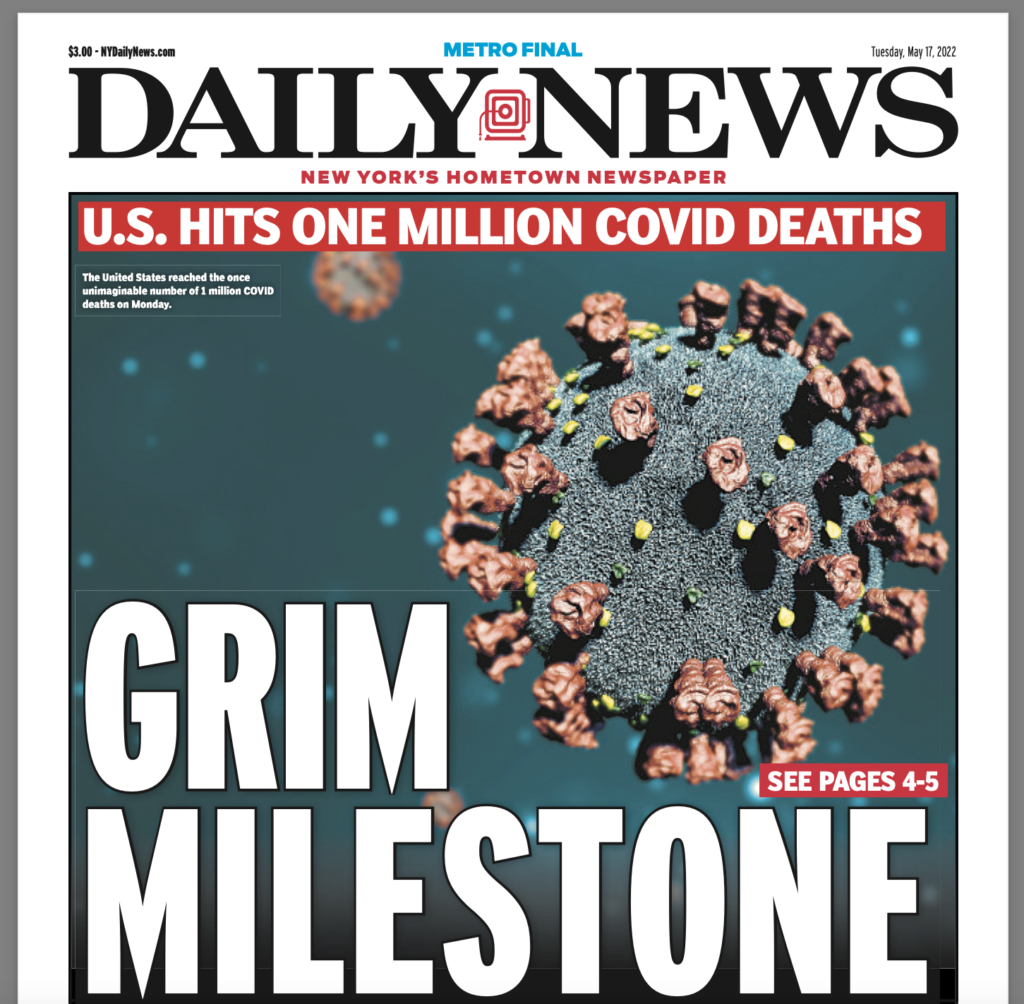
The copy of the paper is complete with ads.

Checking countries for which they have newspapers, Australia is not listed.
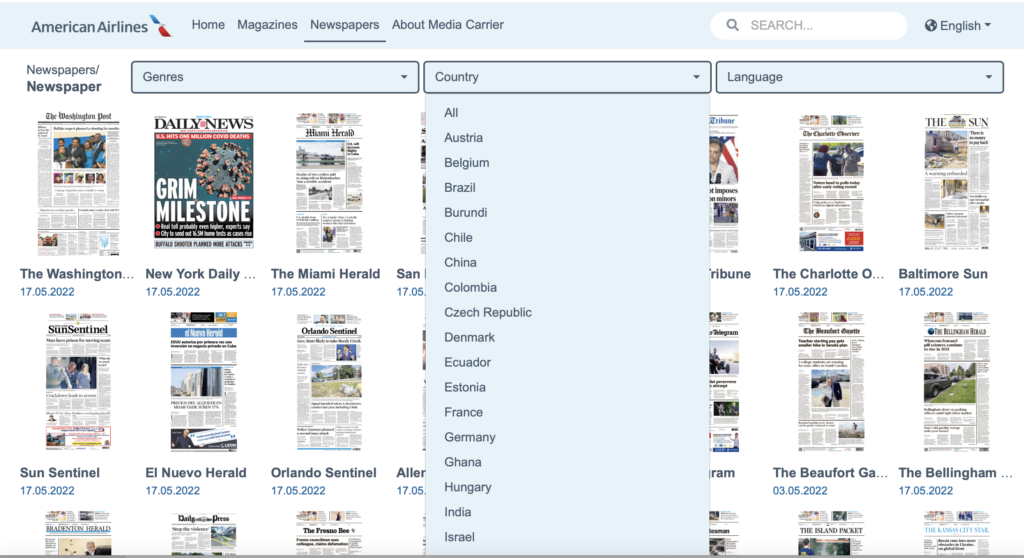
I spent an hour looking through the site, including the magazines, and that’s where I found some Australian titles.

Again, the reader experience was easy. You can zoom in and out with ease – on any device you are using. I tries this on my phone, iPad and MacBook. Such a good experience.
And, yes, in The Australian Women’s Weekly, there are ads.

I was even able to download titles, like AWW, for reading later. It was so easy.
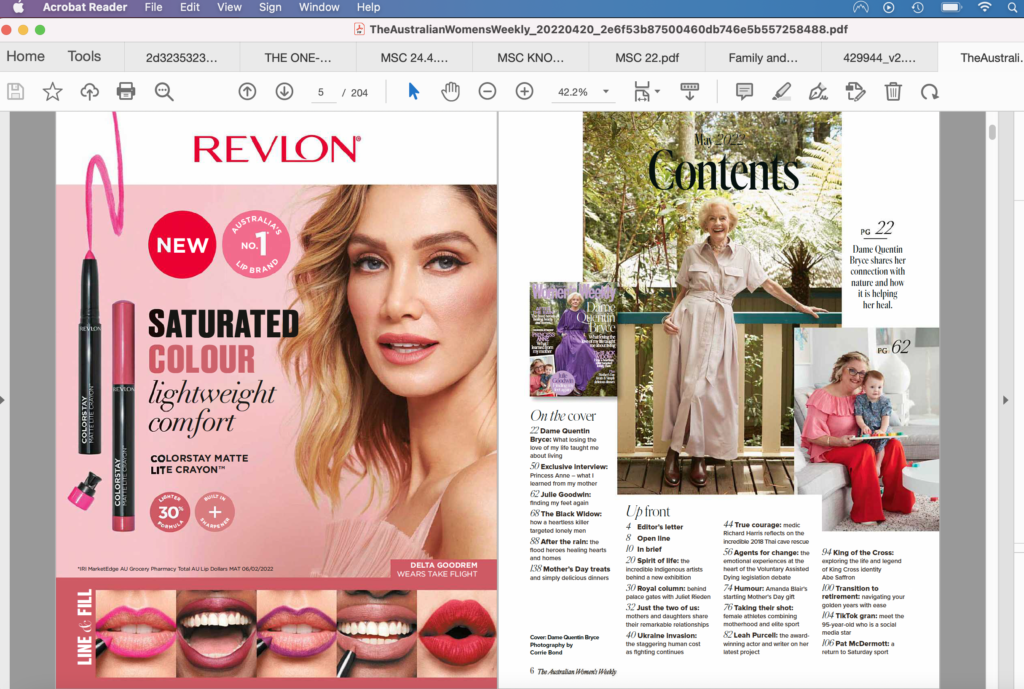
I am surprised at how good the experience is, that it is free and that they ask nothing of me.
There are a couple of aspects to this experience that interest me: more evidence of digital first for what was print media, and, the tech story. The first was a given. But, it has been slow, because of the second. Tech has been slow and while what I experienced in the American Airlines lounge was good, it was not perfect. It was, however, a leap forward from two years ago when I last tried this out.
This is not about the traveller experience though. Well, it is, but looking down the path, it’s about how tech companies and others are removing roadblocks, to make the digital reader experience easier, faster and more personal. It is also about relationships that could be leverages to reach more eyeballs for instant access.
In terms of the tech, navigation is where I’d like to see change.Access is currently linear, like the print products themselves. I’d like more diving by topic, breaking stories free from mastheads. But, of course, that dilutes the value of the mastheads in the eyes of the publishers.
If you think about it, the print media distribution model was always destination shopper driven and distribution was always focussed on. this: newsagencies, home delivery etc … driven by the person who wants access to those products. The person has to know about the product and either want it or be curious about it.
The airline lounge experience is for the passer-by with some time available to read, it’s for the impulse shopper, the passer-by. That’s a different ‘shopper, and, potentially, a more valuable shopper for publishers into the future.
As publishers, and tech platforms, finesse their offerings, they will be more easily able to reach more of these people. I think partnerships will help drive this, using the masthead content as a value-add. This is where we will see more disruption.
That model, that future model, could / should be about stories reaching out to people, reaching more people, and not being accessed in a linear way.
I’m not doom and gloom for the newsagency channel based on what I have seen. This innovation, and what will come, are inevitable. Publishers are evolving, just as we must.
While I am sitting here in the lounge writing this, I am sat next to a large digital screen promoting an American Airlines / Oprah Book Club, Apple TV+ partnership through which I can watch Oprah interview authors and access those books to read while flying.
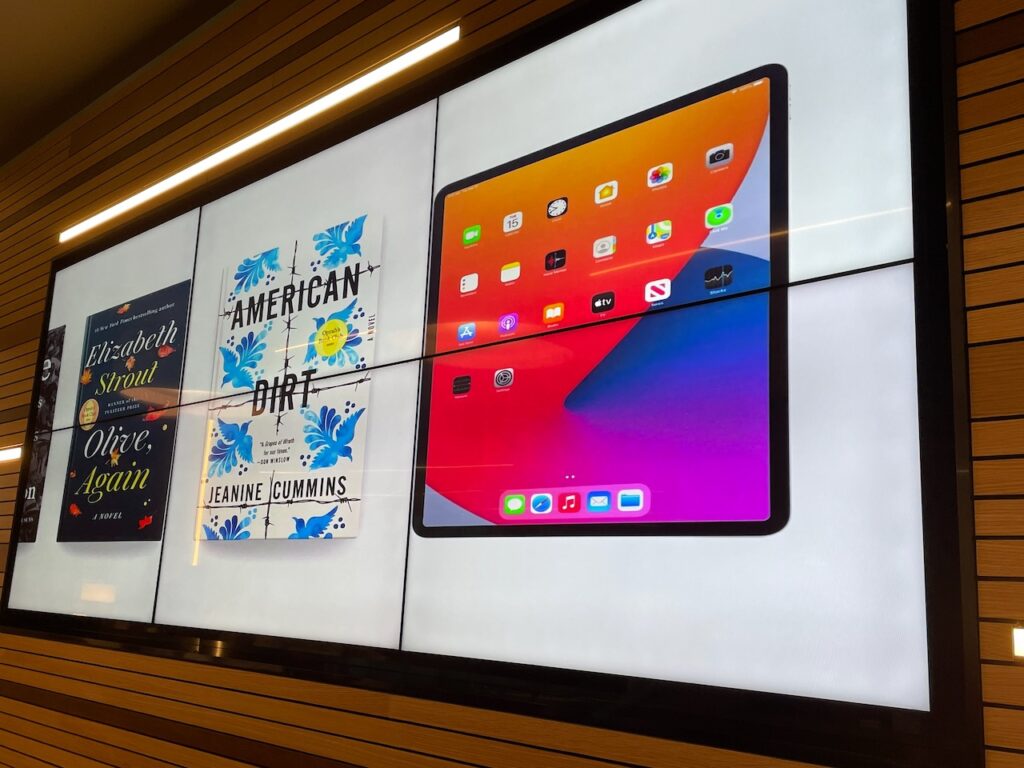
It’s the era of partnerships baby, and tech for what was print media!
So, where do we fit into all this? Today, if we offer print products in our shops, and not all of us do, we need to offer the best experience. And, while we do this, we need to evolve new traffic attractors, to bring more people. The best thing we can see in our newsagencies is new faces and the best experience is when they come back, again and again. Achieving that is 100% up to us as retailers. It’s not something agents would do.
The biggest risk to our newsagency channel is the newsagents who are not evolving, the newsagents who prefer to remain agents and the suppliers who encourage and enable them.
Postscript. It’s now 8 hours later and I’m in Wisconsin. I thought I’d try and access another title. Sure enough, access is locked to the WiFi at the American Lounge I was in.
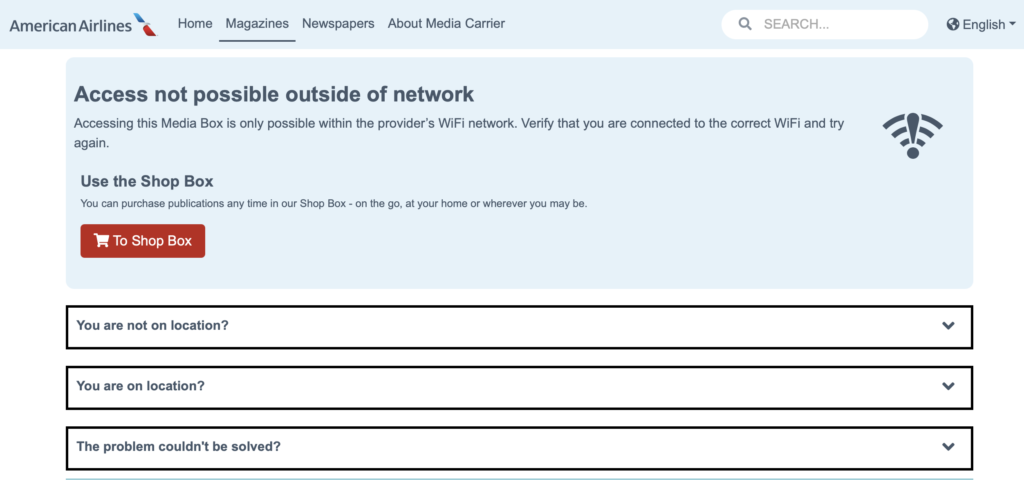
It makes sense that access to locked to the location. It also underscores the opportunity of this tech to help publishers engage with new audiences.
